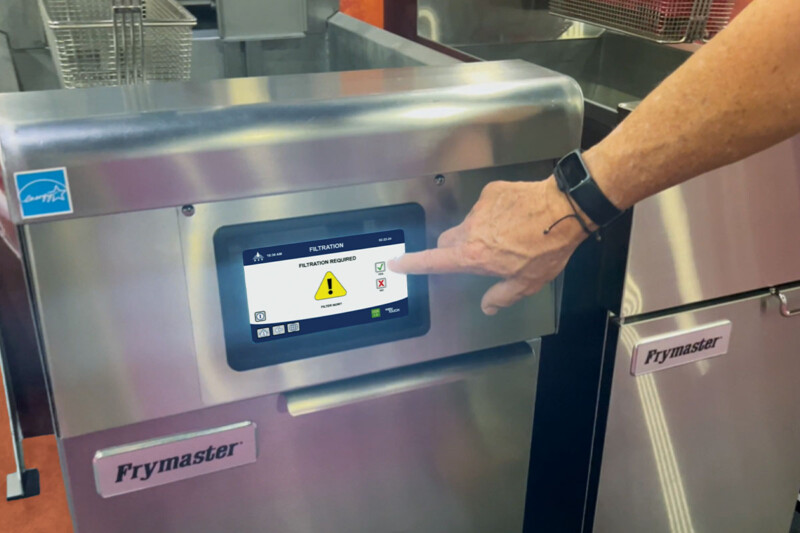Why Clean Draft Beer Lines are the Secret to Pulling Profitable Pints

Draft beer system manufacturers refer to lost beer sales as the “phantom pint.” A customer served a beer with an off flavor or smell is more likely to just not order a second beer and move on than to actually complain to the server or bartender. As the operator, you may not know anything is wrong unless you regularly pour and taste for yourself, and meanwhile you’re losing money.
A common culprit? Not maintaining clean beer lines. Manufacturers agree that you should clean lines about every two weeks like clockwork.
“If you extend remote-line cleaning to every four weeks, you’ll see a decrease in sales of between 5%-8%,” one manufacturer estimates. “On the other hand, beer sales on average see a growth of 3.9% with biweekly cleaning. The difference in dollars between the potential decrease and increase in sales is a clear reason for regular maintenance.” Another manufacturer estimates regular line cleaning can increase beer sales by as much as 4%-7%.
Full- or Self-Service?
Like many operators, you may rely on your beer distributor to clean your draft beer lines. It’s essential to at least keep a chart on the wall by the kegs that the distributor’s rep signs whenever they are there. But some manufacturers recommend keeping a log with more specific information such as the date and what lines they cleaned.
Want to do it yourself? Manufacturers recommend one of two ways. The first is a static pot system that fills lines with a cleaning solution, which sits for a minimum of 20 minutes before flushing at the tap. Recirculating systems are more expensive but also more efficient—cleaning solution moves through the system, providing agitation that removes buildup.
Both systems clean with either acidic or caustic chemicals. Because both are hazardous, make sure to use hand and eye protection during the cleaning process.
Beyond the Lines
Along with not regularly maintaining beer lines, another mistake made by operators is not cleaning the hardware attached to the lines. Faucets, for example, sit at room temperature and attract bacterial growth. Remove, disassemble and clean these parts thoroughly.
Additionally, operators often fail to maintain proper beer temperatures from the keg to the tap of between 36°F-38°F. Just as food in a too-warm cooler attracts harmful bacteria, so does beer not kept at optimal temps. Start by making sure the cooler that holds the kegs maintains the proper temperature. Also, keep tabs on the glycol system, which helps keep beer at the correct temperature on a longer run from the keg to the tap.
RELATED CONTENT
- Advertisement -
- Advertisement -
- Advertisement -
TRENDING NOW
- Advertisement -
- Advertisement -
- Advertisement -


